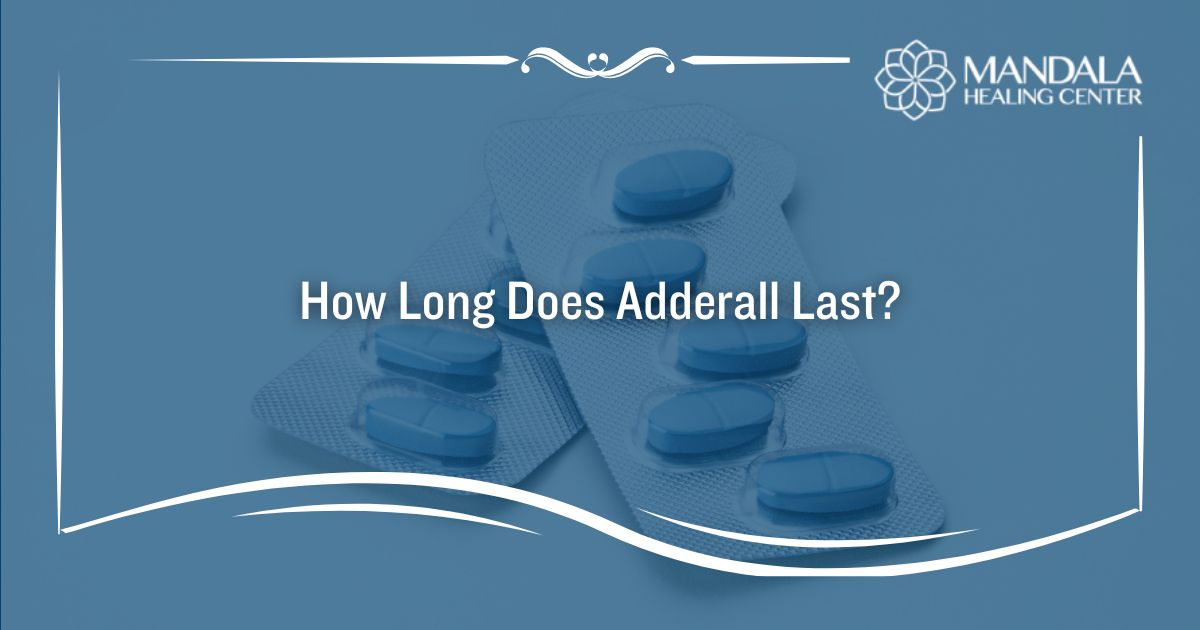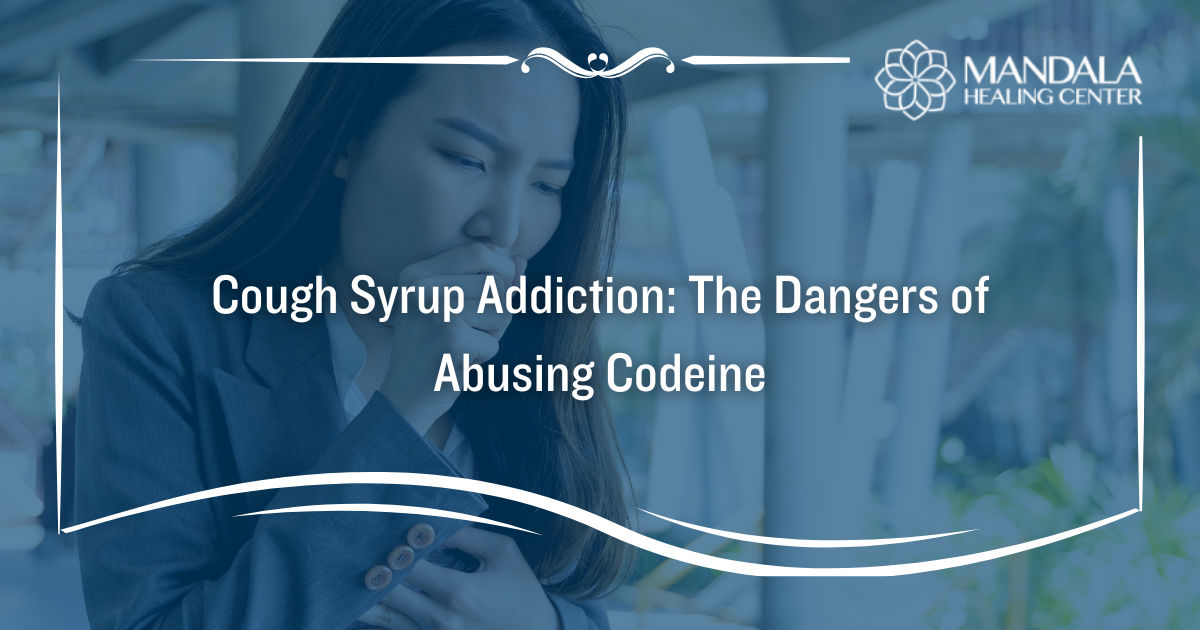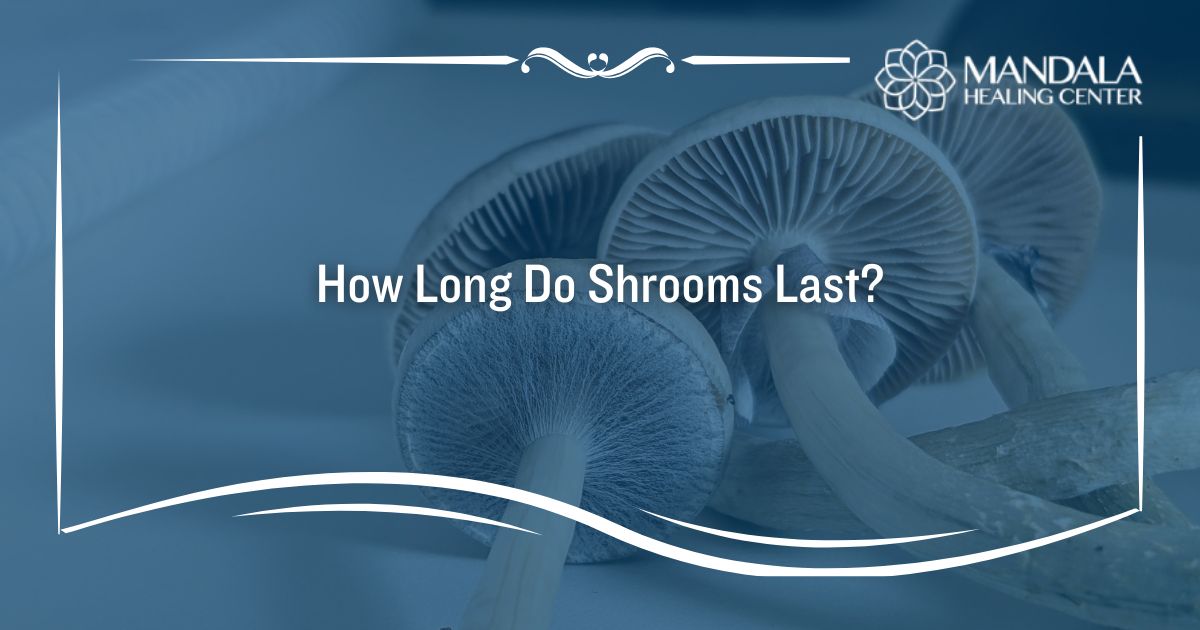All opioid use–even short-term– can lead to addiction and overdose. Anyone who uses these potent drugs must take extreme caution and watch for symptoms of addiction.
But if you develop opioid addiction, you must stop taking the drugs and seek treatment immediately. Some people may want to detox at home, but detoxing without support and supervision can be dangerous.
Detoxing from opioids at home can result in severe consequences such as dehydration, relapse, and even overdose. The safest way to detox is to do so under medical supervision. Reach out to the caring specialists at the Mandala Healing Center to learn how our opioid detox program in South Florida can help you begin your recovery safely and comfortably.
Understanding Opioid Abuse and Addiction
Anyone who uses opioids–even with a prescription–is at risk of becoming addicted to them. Factors like personal and family substance abuse history and health may increase your likelihood of developing dependence and addiction. However, it’s impossible to determine who will eventually become addicted to opioids.
Opioid addiction is the complete loss of control over your opioid use. People may misuse opioids because they provide a “high” or euphoria. In a short period of time, a person can develop physical dependence and be unable to stop taking opioids. Even while experiencing severe, even life-threatening harm from opioid use, people with addiction will continue to take these potent drugs.
As people use opioids regularly, they are likely to develop tolerance–meaning they need to take more of the drug to get the desired effects. In time, people may be taking dangerous doses of opioids and risk overdose.
What Are Common Symptoms of Opioid Withdrawal?
People who take opioids and other addictive substances repeatedly may develop withdrawal symptoms if they stop using these drugs. The symptoms of opioid withdrawal can vary from person to person and include:
- Nausea and vomiting
- Insomnia
- Anxiety
- Elevated body temperature
- Sweating
- Chills
- High blood pressure
- Racing heart
- Muscle aches and bone pain
- Diarrhea
Opioid withdrawal symptoms typically begin within 8 to 12 hours of your last dose and continue for a week or more, depending on the opioids used. Some people develop life-threatening complications during withdrawal that require immediate medical intervention.
3 Risks of Detoxing From Opioids On Your Own
While some may attempt to detox at home, there are several significant risks of detoxing from opioids on your own. Here are three of the most significant dangers of detoxing from opioids independently.
1. Dehydration
People in opioid withdrawal may suffer from sweating, nausea, vomiting, and diarrhea. Keeping liquids or food down can be almost impossible, and many people experience severe dehydration, which can become a serious medical issue. Dehydration can lead to even more severe complications, including potentially fatal seizures.
2. Relapse
Opioid detox is emotionally and physically draining. People in withdrawal often experience agonizing aches and pains, lack of sleep, and debilitating nausea. Many feel incredibly anxious, experience intense cravings, and have other brutal symptoms that linger for many days or weeks. Without support and supervision, people are likely to relapse before completing detox.
3. Overdose
Relapsing after a period of abstinence can feel very discouraging, but it may also be life-threatening. Relapsing during detox can put people at higher risk of overdose because their tolerance is likely to be lower than in the past. People may use the same dose as they had become accustomed to and accidentally overdose.
Signs of an opioid overdose include:
- Bluish or ashy skin color
- Cold, clammy skin
- Choking or gurgling sounds
- Unable to wake up or extreme drowsiness
- Limp body
- Constricted (small) pupils
- Slow heart rate
- Slow, shallow breathing
An opioid overdose is a life-threatening emergency. Call 911. Administer Narcan if it is available. Make sure the person’s airway is clear, and give rescue breaths when possible. Wait with the person until emergency help arrives.
What Happens in a Medically-Supported Opioid Detox Program?
Opioid withdrawal can be uncomfortable and lead to severe complications. Opioid detox can take weeks. Having a safe, complete detox on your own can be very challenging, and relapse can be life-threatening.
Seeking treatment in a medically-supported detox program is the safest and most effective way to detox from opioids. In a medically supported detox program, people receive care, supervision, and treatment that allows them to have a complete withdrawal.
Medications
Medications to manage opioid withdrawal symptoms typically include methadone and buprenorphine. These drugs help reduce withdrawal symptoms and cravings, allowing people to achieve a complete detox. People may also take other medications to manage mental health symptoms, help them sleep, and reduce nausea and diarrhea.
Emotional support
Opioid withdrawal can be emotionally challenging, and people often require non-judgmental support and care to get through detox. For some, this may include individual therapy when appropriate or holistic treatments that support connection and healing.
Supervision
Having round-the-clock support and supervision ensures people stay focused on recovery and are more likely to complete detox than if they were on their own.
Find Help Now
If you live with opioid abuse or addiction, don’t wait another day for the treatment and support you need. Call the Mandala Healing Center specialists today to explore our detox and treatment programs and get started toward a healthier future.












